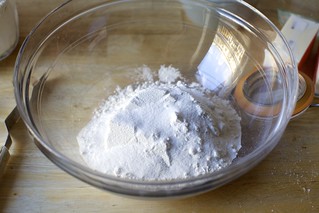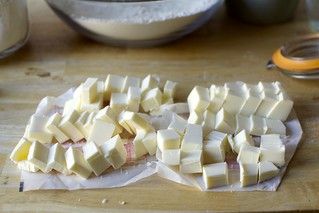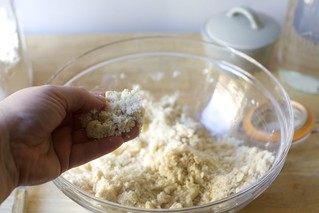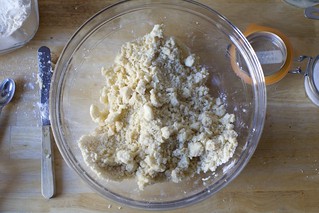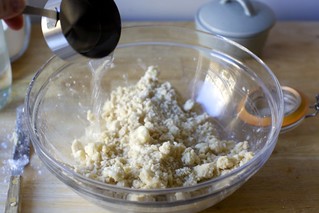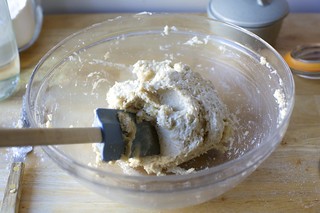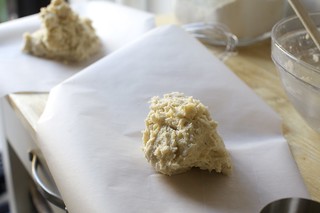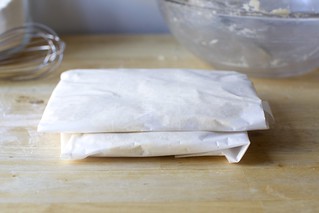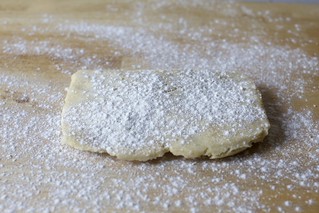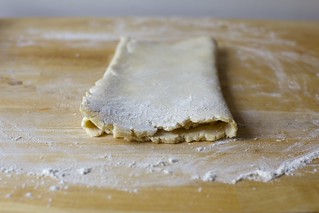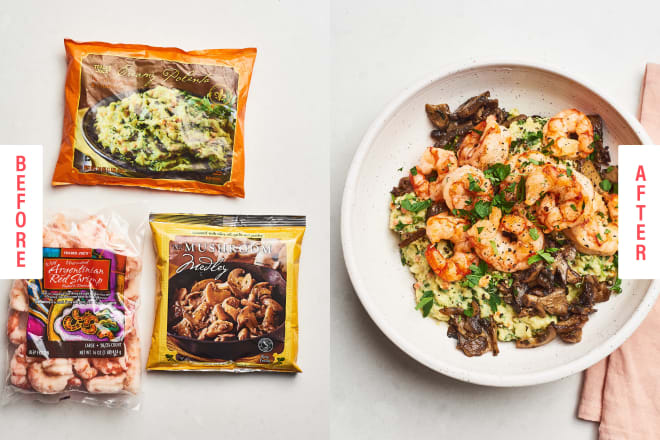
No defrosting required. READ MORE…
Monthly Archives: March 2019
“The Great British Bake Off” Is Getting a Spin-Off for Kids
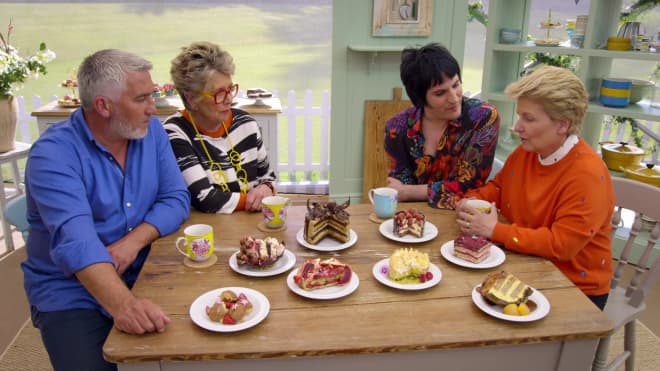
The spin-off will be called Junior Bake Off, and it’s slated to air later this year.
READ MORE…
How To Clean a Garbage Disposal
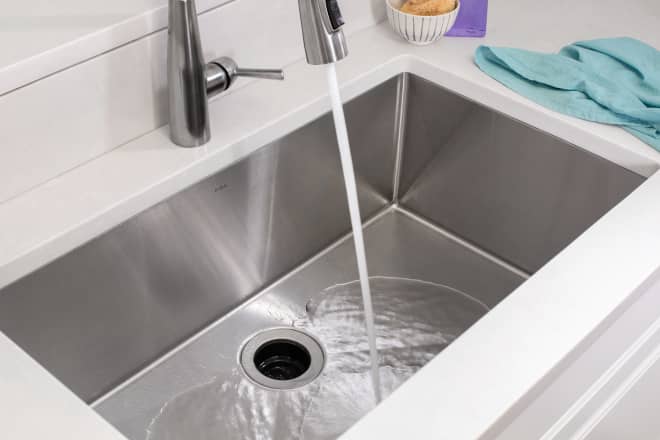
Does your garbage disposal stink? Can you remember the last time you cleaned it? If the answers are yes and no, congratulations — you’re about to click on the right story.
READ MORE…
Recipe: No-Boil Muffin Pan Pasta with Broccoli
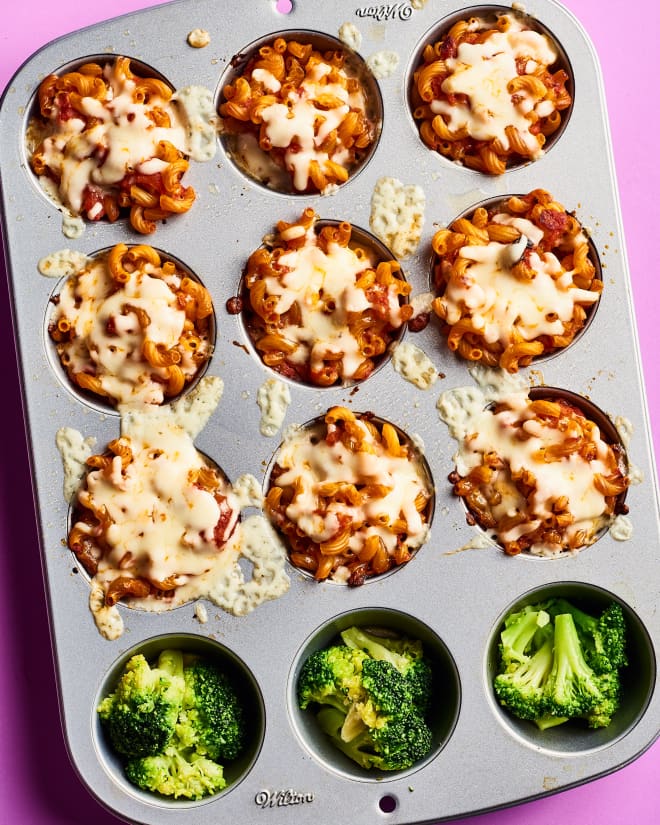
Why didn’t we think of this earlier? READ MORE…
Recipe: Triple-Decker Mint Brownies
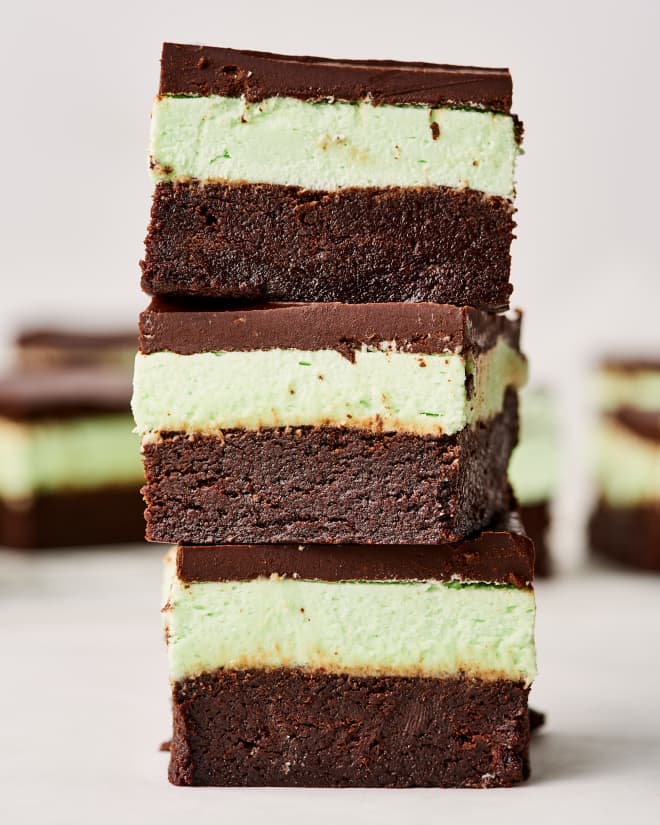
If there’s one thing that makes fudge brownies even better, it’s mint buttercream and ganache. READ MORE…
extra-flaky pie crust

[Welcome back to ✨ Newer, Better Month ✨ on Smitten Kitchen, when I get update a few SK classics with new knowledge, new techniques, and with real-life time constraints in mind. Previously.]
The concept of “newer better” is always going to be relative, and no more so than in this recipe. For all of the years I’ve been cooking, I’ve made pie dough one way. I shared the recipe with you in 2008, have referenced it in every recipe for pie since, and, until a couple years ago, never veered from it. My recipe is not an outlier; it contains the same ingredient ratios as 99% of American-style pie crust recipes out there. There might be variations in types of fats, preferred flours, sometimes there’s a little buttermilk or apple cider vinegar instead of some of the water or a little more or less sugar and salt, but they’re almost all the same ratio of fat to flour to water. It makes a great pie crust. Here’s where the relativity comes in: If you make pie crusts the way I’ve long made pie crusts and you’re happy with these pies, stop reading now. There’s nothing to see here! This isn’t for you! This is for people who have tried that fairly standard formula and found it lacking. A little tough. Not flaky enough. It comes up! I’m listening.
So let’s talk about what that last one percent of pie doughs do differently. It’s not the butter or the liquid; by and large, these recipes use the same amount. It’s the flour — they use less. If you’re thinking, “but if you use less flour and the same amount of butter and water, the dough might be stickier and harder to work with?” — you are correct. I began auditioning these lighter-on-the-flour doughs a few years ago and found them a little pesky and if you’re wondering if “pesky” is smiled through gritted teeth, well, you are correct again. And I feel pretty comfortable with butter-flour doughs! What does this mean for people who do not? Given that making pie dough at all from scratch is even for some of the most skilled home cooks a hurdle they do not wish to surmount (hi mom!), why suggest a trickier recipe? Why raise the hurdle? (Why download DuoLingo and start with Russian, Deb? Ahem, I digress.)
Breakfast 101: 7 Recipes for Mastering the Basics
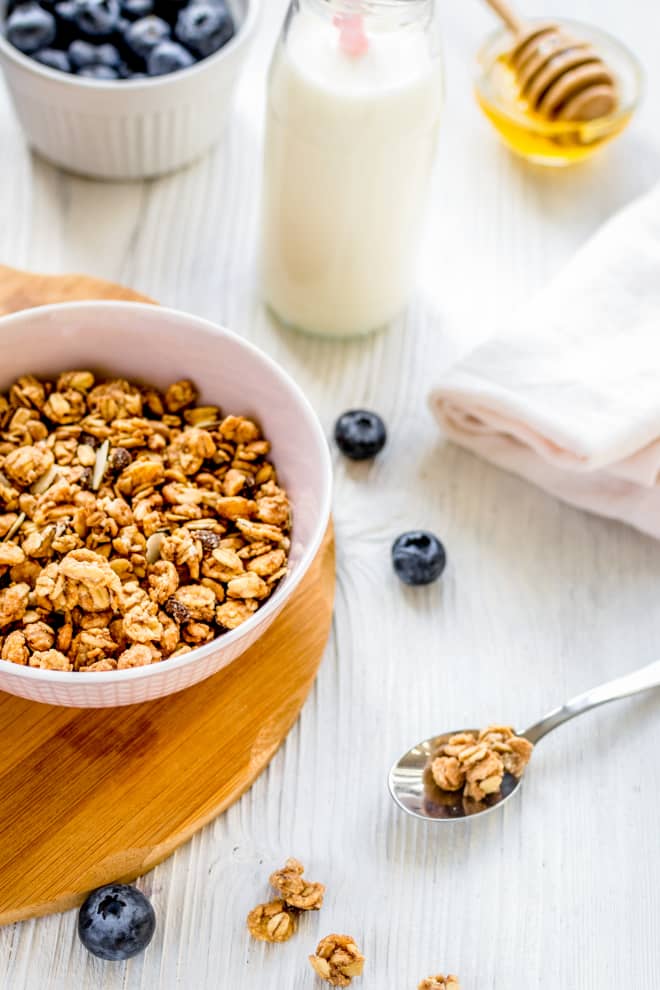
Learn them by heart and start your day a million times better.
READ MORE…
This Is the Only Must-Have Organizer You Need in Your Kitchen, According to the Pros

We polled professional organizers and this one tool came up again and again.
READ MORE…
The Only Thing Better than This Crispy Grain Bowl Is Its 10-Second Yogurt Sauce
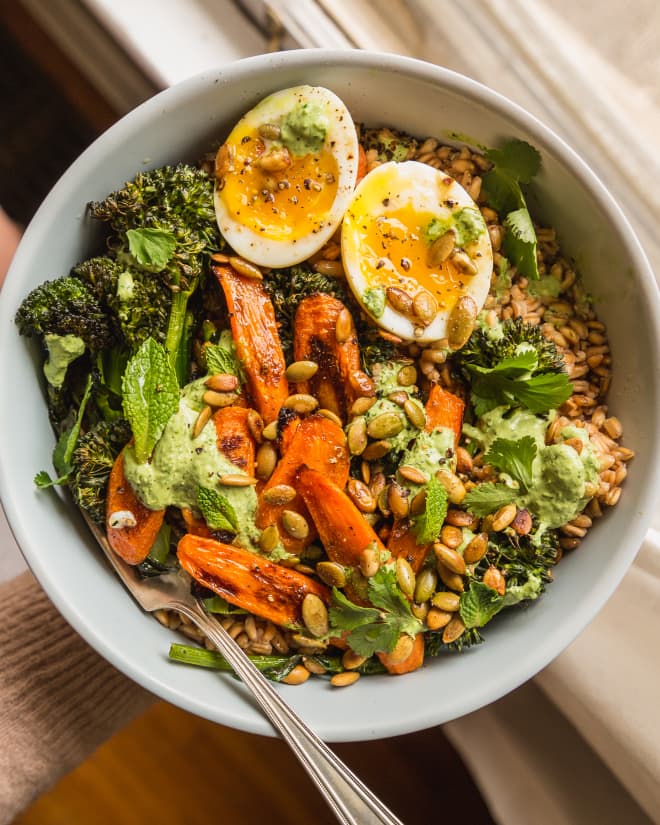
This is the kind of feel-good food you’ll crave. READ MORE…
Here’s How Trader Joe’s Plans to Crack Down on Plastic

It’s a big undertaking, but also a huge step toward renewable, sustainable grocery stores. READ MORE…

